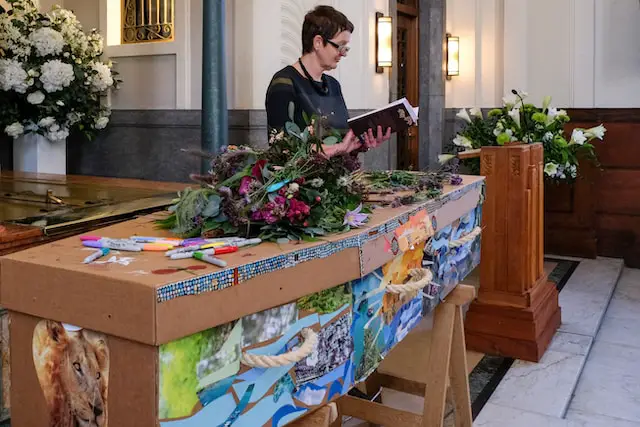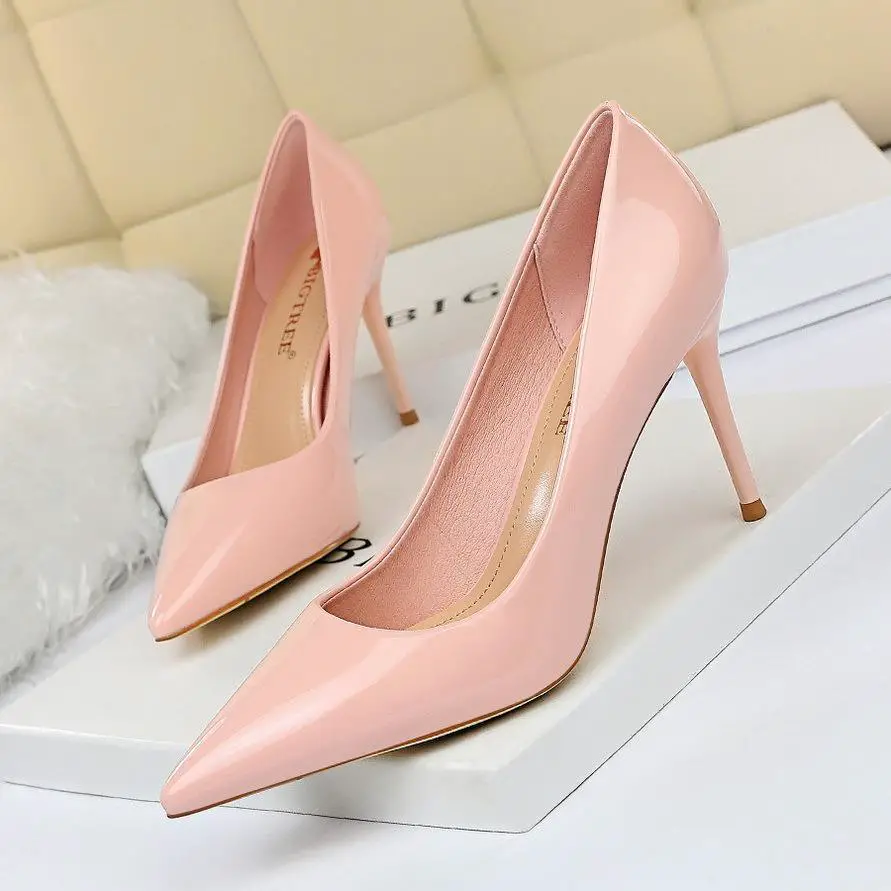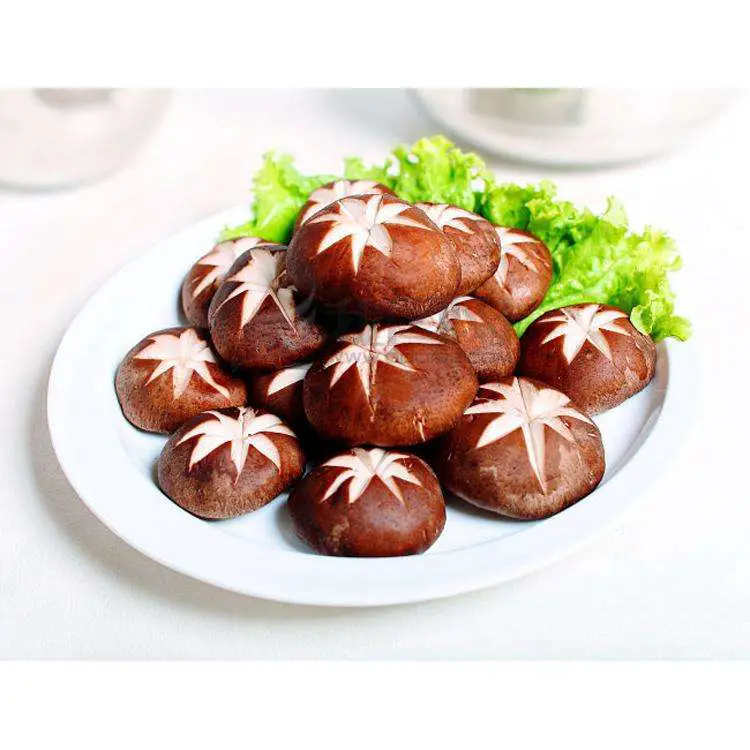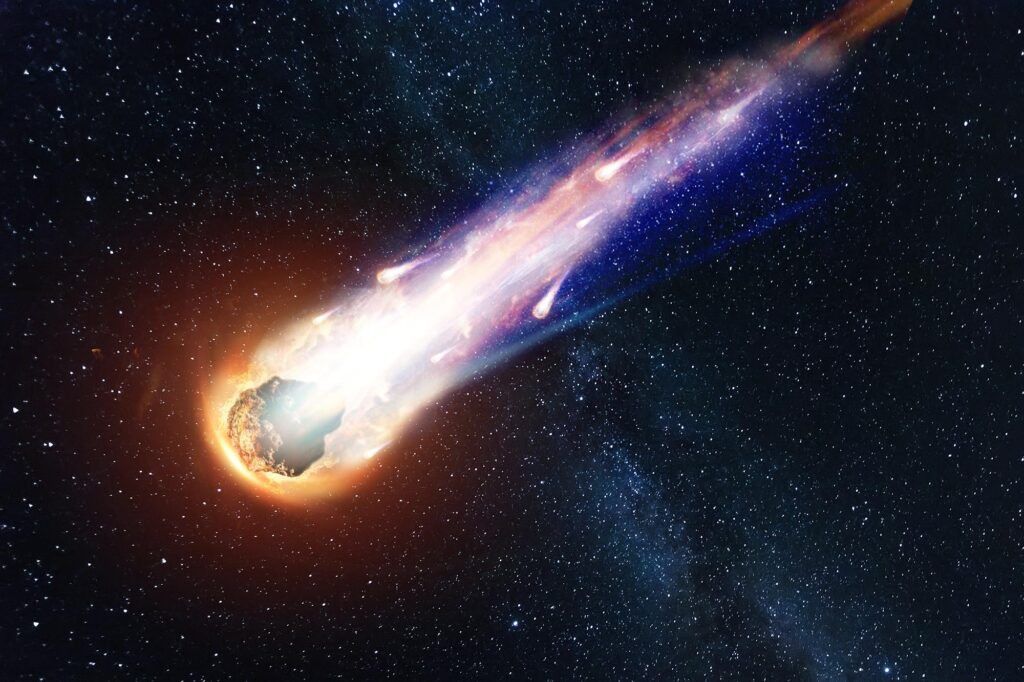Why Are Coffins So Expensive?
The loss of a loved one is a difficult and emotional experience. Planning a funeral is never easy, and there are many decisions to be made during this difficult time. One of the most significant expenses during the funeral planning process is the cost of a casket. Many people wonder why coffins are so expensive, and the answer is not a straightforward one.
The first factor to consider is the materials used to create a casket. Traditional coffins are made of either wood or metal. Wood caskets are typically less expensive than metal caskets, but even wood caskets can be quite costly. Metal caskets, particularly those made of copper or bronze, can be very expensive. These materials are heavy and durable, making them a popular choice for those who want a long-lasting resting place for their loved ones.
The pricing of a casket is also affected by the design and features. Funeral homes often offer a wide range of caskets to choose from, ranging from basic designs to more ornate and luxurious options. Caskets that feature intricate designs or are made of expensive materials will inevitably cost more.
Funeral directors also play a role in the cost of a casket. Funeral homes often work with specific casket manufacturers, which can limit the range of options available to grieving families. Funeral directors may also add a markup to the cost of a casket to increase their profit margins. However, it is essential to note that funeral homes are required by law to provide a full list of available caskets, along with their prices.
Another factor that contributes to the cost of a casket is the overall cost of a funeral. Funeral homes often bundle services and products, which can lead to a higher overall cost for the funeral. For example, a traditional funeral that includes embalming, a viewing, and burial may cost thousands of dollars. A casket is just one of the many expenses that add up during the funeral planning process.
Despite the high cost, many families choose to buy a casket that is of high quality and fit for their loved one’s personality and style. A custom casket or a metal casket made of 20-gauge steel can be a fitting tribute to a loved one’s life, and for some families, the price is not a consideration.
In conclusion, the cost of a casket is affected by many factors, including the materials used, the design and features, the funeral director, and the overall cost of a funeral. While the cost may be high, it is essential to remember that a casket is an investment in a loved one’s final resting place. Grieving families should take the time to consider their options and choose a casket that is fitting for their loved one’s memory, while also considering their budget.
Frequently Asked Questions
How much do coffins cost?
The cost of coffins can vary widely depending on factors such as the materials used, the design and features, and the funeral home or provider from which the coffin is purchased. Basic wooden coffins can start at around $500, while more elaborate wooden caskets can cost several thousand dollars. Metal caskets, particularly those made of copper or bronze, can cost even more, with prices ranging from $2,000 to $10,000 or more.
It’s important to note that funeral homes are required by law to provide a full list of available caskets, along with their prices, to ensure transparency and allow families to make informed decisions. Families can also purchase caskets from outside providers or even make their caskets to reduce costs. Ultimately, the cost of a coffin is a personal decision that depends on individual preferences and budget.
Why are coffins lined with lead?
Coffins are not commonly lined with lead, but rather a sealing material, such as silicone or rubber, is used to create an airtight seal between the lid and base of the coffin. This seal is intended to prevent the entry of outside elements, such as water, insects, and bacteria, which can accelerate the decomposition process.
In the past, lead lining was sometimes used in coffins to prevent the escape of foul odors and gases emitted during the decomposition process. However, this practice has been largely discontinued due to the potential health risks associated with lead exposure. Lead can be harmful to both the environment and to those handling the coffin during burial or exhumation. Additionally, the use of lead-lined coffins does not provide a complete seal and is not effective in preventing the natural process of decomposition.
Modern burial practices typically prioritize the use of eco-friendly, biodegradable materials for coffins and caskets, which are more environmentally sustainable and do not pose potential health risks. Ultimately, the choice of coffin lining is up to personal preference and is often determined by cultural or religious traditions.
Why do vampires sleep in coffins?
The idea that vampires sleep in coffins is a common trope in popular culture and folklore, but it is not based on any historical or scientific fact. The association between vampires and coffins is likely the result of artistic license and the desire to create a spooky, mysterious atmosphere in vampire stories and movies.
In many vampire tales, the coffin is used as a symbol of death and the afterlife, which fits well with the idea of a creature that is undead and survives by feeding on the blood of the living. Coffins also provide a convenient hiding place for vampires during the day, when they are vulnerable to sunlight. By sleeping in a coffin, vampires can protect themselves from the harmful effects of sunlight and emerge at night to hunt for their prey.
While the idea of vampires sleeping in coffins may be purely fictional, it has become a popular cultural icon and a hallmark of vampire mythology. Today, the image of a vampire emerging from a coffin has become synonymous with Halloween and horror movies and continues to capture the imaginations of people around the world.
Why are royal coffins lead-lined?
The practice of lining coffins with lead was once common among European royalty, particularly during the Middle Ages and Renaissance periods. The purpose of this practice was to prevent the decomposition of the body and preserve it for an extended period, which was considered important for religious, political, and cultural reasons.
During this time, it was believed that the physical body needed to be preserved for the soul to enter the afterlife. Additionally, royalty often viewed themselves as divine or semi-divine, and preserving their bodies was seen as a way to maintain their status and power even in death. Lead was a popular material for coffin linings because it was thought to be a strong and durable metal that could resist the decay of the body.
Today, the practice of lining coffins with lead is not common, as it is known to be harmful to the environment and those handling the coffin during burial or exhumation. Additionally, modern embalming techniques and refrigeration can effectively preserve a body for a short period without the need for a lead-lined coffin.
How long do coffins last underground?
The lifespan of a coffin buried underground can vary depending on several factors, such as the materials used to construct the coffin, the conditions of the soil, and the depth of burial.
In general, a wooden coffin buried in a well-drained soil environment can last anywhere from 10 to 25 years before it begins to decompose. Coffins made of metal or other durable materials may last much longer, depending on the specific material and the conditions of the burial site.
However, it’s important to note that the body inside the coffin can also affect the decomposition process. In some cases, the decomposition of the body can accelerate the breakdown of the coffin.
In addition, environmental factors such as moisture and soil acidity can also impact the lifespan of a coffin. Coffins buried in a dry, well-drained soil environment may last longer than those buried in a damp environment. Similarly, coffins buried in alkaline soils may decompose more slowly than those buried in acidic soils.
Ultimately, the lifespan of a coffin buried underground is difficult to predict and can vary widely depending on a variety of factors.
What are coffins made of?
Coffins can be made of a variety of materials, including wood, metal, and alternative materials like cardboard or wicker. The type of material used for a coffin can depend on factors such as cultural traditions, personal preferences, and budget.
Wooden coffins are perhaps the most traditional type of coffin and are still widely used today. They can be made from a variety of types of wood, including oak, pine, mahogany, and cherry. Wooden coffins can be plain or ornate, with decorative carvings, handles, and other embellishments.
Metal coffins are typically made of steel or copper, although they can also be made of bronze or other metals. Metal coffins are known for their durability and can provide additional protection for the body.
Cardboard coffins have become increasingly popular in recent years as an eco-friendly alternative to traditional wooden or metal coffins. They are made from recycled materials and are designed to be biodegradable, making them a more sustainable option.
Wicker coffins are another eco-friendly option and are made from woven natural fibers such as bamboo, willow, or seagrass. They are often used in green burials or natural burials, as they are biodegradable and can blend in with natural surroundings.
Overall, the type of material used for a coffin can depend on personal preferences, cultural traditions, and other factors. Coffin makers can provide a wide range of options to help families choose the right coffin for their loved ones.
When were coffins invented?
The history of coffins can be traced back to ancient times, with evidence of burial practices dating back thousands of years. The use of coffins or burial containers was likely a natural development in the evolution of burial practices, as humans sought ways to protect and honor their dead.
The ancient Egyptians are perhaps the most well-known civilization to have used coffins extensively. They believed in the importance of preserving the body for the afterlife, and so they developed elaborate burial practices that involved the use of mummification and ornate coffins made of materials like wood, gold, and bronze.
The ancient Greeks and Romans also used coffins, although they tended to be simpler in design. Coffins in these cultures were often made of terracotta or stone, and they were typically used to hold the ashes of the deceased after cremation.
In Europe during the Middle Ages, coffins were made of wood and were often very simple in design. They were typically used only by the wealthy, while the poor were buried in shrouds or simply wrapped in cloth.
As burial practices continued to evolve, coffins became more common and were used by people of all social classes. Today, coffins are an integral part of many funeral traditions and are used in burials around the world. They have evolved in design and material, but their fundamental purpose remains the same: to provide a respectful and dignified final resting place for the deceased.
Why do people throw dirt on coffins?
Throwing dirt on a coffin is a traditional part of many burial rituals around the world. The act of throwing dirt on a coffin symbolizes the finality of death and the return of the body to the earth. It is a way of saying goodbye and showing respect to the deceased.
In some cultures, the act of throwing dirt on a coffin is accompanied by specific words or rituals. For example, in Jewish tradition, mourners may recite the phrase “dust to dust, ashes to ashes” while throwing dirt on the coffin. In some African cultures, mourners may sing or dance as they throw dirt on the coffin.
While the act of throwing dirt on a coffin may seem simple, it can be a powerful and emotional moment for mourners. It is a tangible way to participate in the burial ritual and to honor the memory of the deceased.
It’s worth noting that burial practices can vary widely across cultures and religions, and not all burial rituals involve the act of throwing dirt on a coffin. Some traditions may involve the use of flowers, incense, or other symbols of respect and remembrance. The most important thing is to honor the wishes of the deceased and their family and to show respect and compassion during a difficult time.
Why is the pope buried in three coffins?
The tradition of burying the Pope in three coffins dates back to the 16th century and is rooted in both practical and symbolic reasons.
The first coffin, made of cypress wood, is placed inside a zinc-lined coffin, which is then placed inside a third coffin made of solid oak. The cypress wood coffin is the first to be placed around the body and is used as a container for the body. The zinc-lined coffin, which is airtight, serves as a second layer of protection against decomposition, and the outer oak coffin provides the final layer of protection and a fitting display of honor.
The use of three coffins also carries symbolic meaning. The three coffins represent the Holy Trinity and the three stages of Christ’s life: his birth, life, and resurrection. The cypress wood coffin represents Christ’s birth, the zinc-lined coffin represents his life on earth, and the oak coffin represents his resurrection and triumph over death.
Additionally, the use of multiple coffins helps to ensure the preservation of the body, as the airtight zinc-lined coffin helps to slow down the natural decomposition process, and the solid oak coffin provides extra protection against environmental factors such as moisture and insects.
It’s worth noting that the practice of burying the Pope in multiple coffins is specific to the Catholic Church and the Papacy. Other religious and cultural traditions may have their practices and beliefs surrounding the burial of important figures.
How much do coffins weigh?
The weight of a coffin can vary depending on the material used to make it, the size of the coffin, and any additional features or embellishments.
Coffins made from wood can weigh anywhere from 100 to 300 pounds (45 to 136 kilograms), depending on the type of wood used and the size of the coffin. Solid oak or mahogany coffins tend to be on the heavier side, while pine or other softer woods are lighter.
Metal coffins, such as those made from steel or copper, are typically heavier than wood coffins and can weigh up to 400 pounds (181 kilograms) or more.
It’s worth noting that the weight of a coffin can also impact the cost of transporting and handling it. Funeral homes and cemeteries may have specific requirements for the weight of coffins used in their facilities or for transportation purposes.
How deep are coffins buried?
The depth at which coffins are buried can vary depending on several factors, including local regulations, soil conditions, and the type of coffin being used. In general, coffins are typically buried at a depth of around 4 to 6 feet (1.2 to 1.8 meters), although some cemeteries may require deeper burials.
One reason for burying coffins at a relatively shallow depth is to allow for easier excavation in the future, should the need arise to move the coffin or make additional arrangements. In some areas, local regulations may dictate a specific burial depth for health and safety reasons.
It’s worth noting that in some cases, such as in areas with high water tables or flood-prone regions, coffins may be buried at a deeper depth to protect against water damage or erosion. Additionally, in some cultural or religious traditions, such as in Jewish cemeteries, coffins may be buried at a shallower depth to ensure that they remain in direct contact with the soil.













